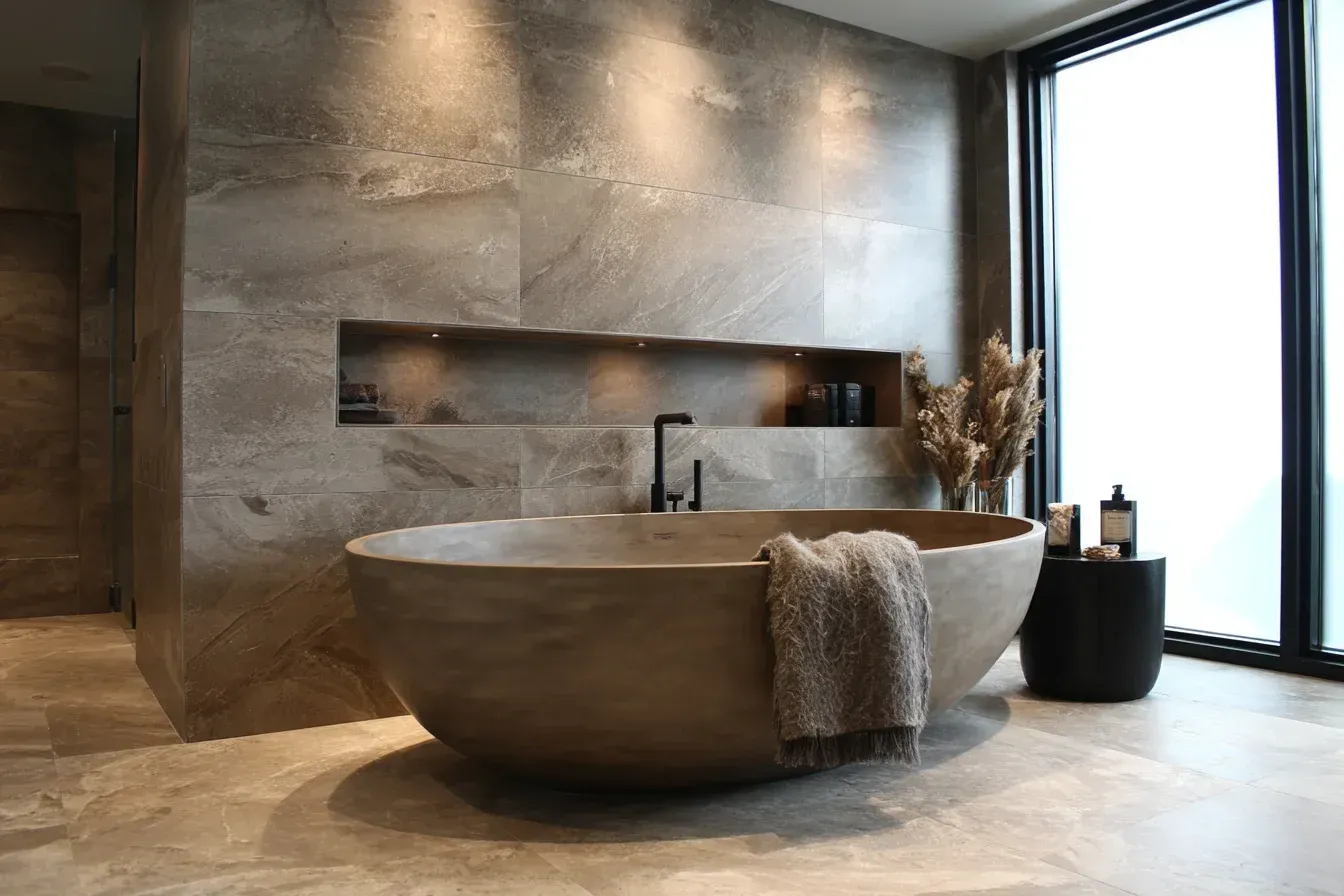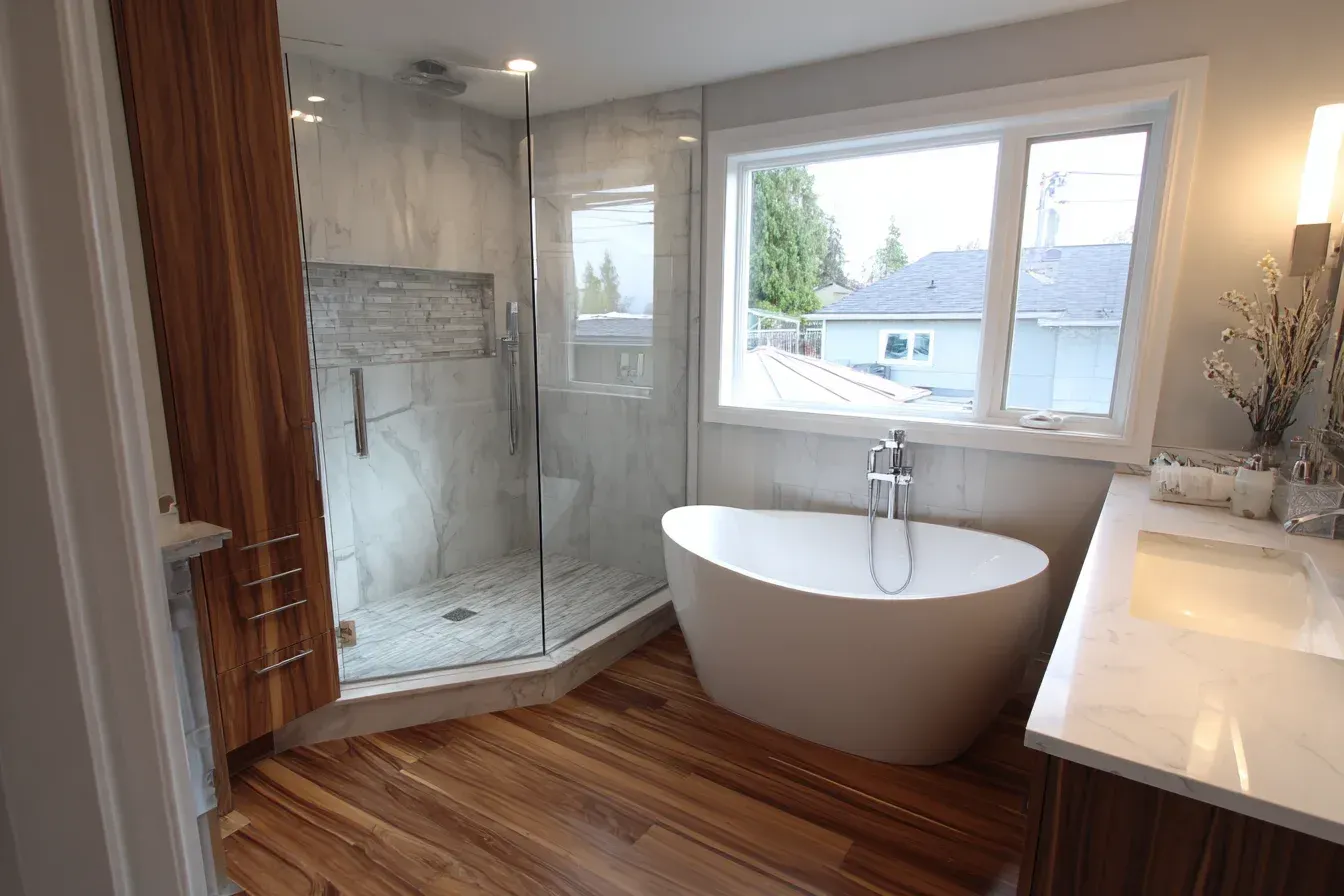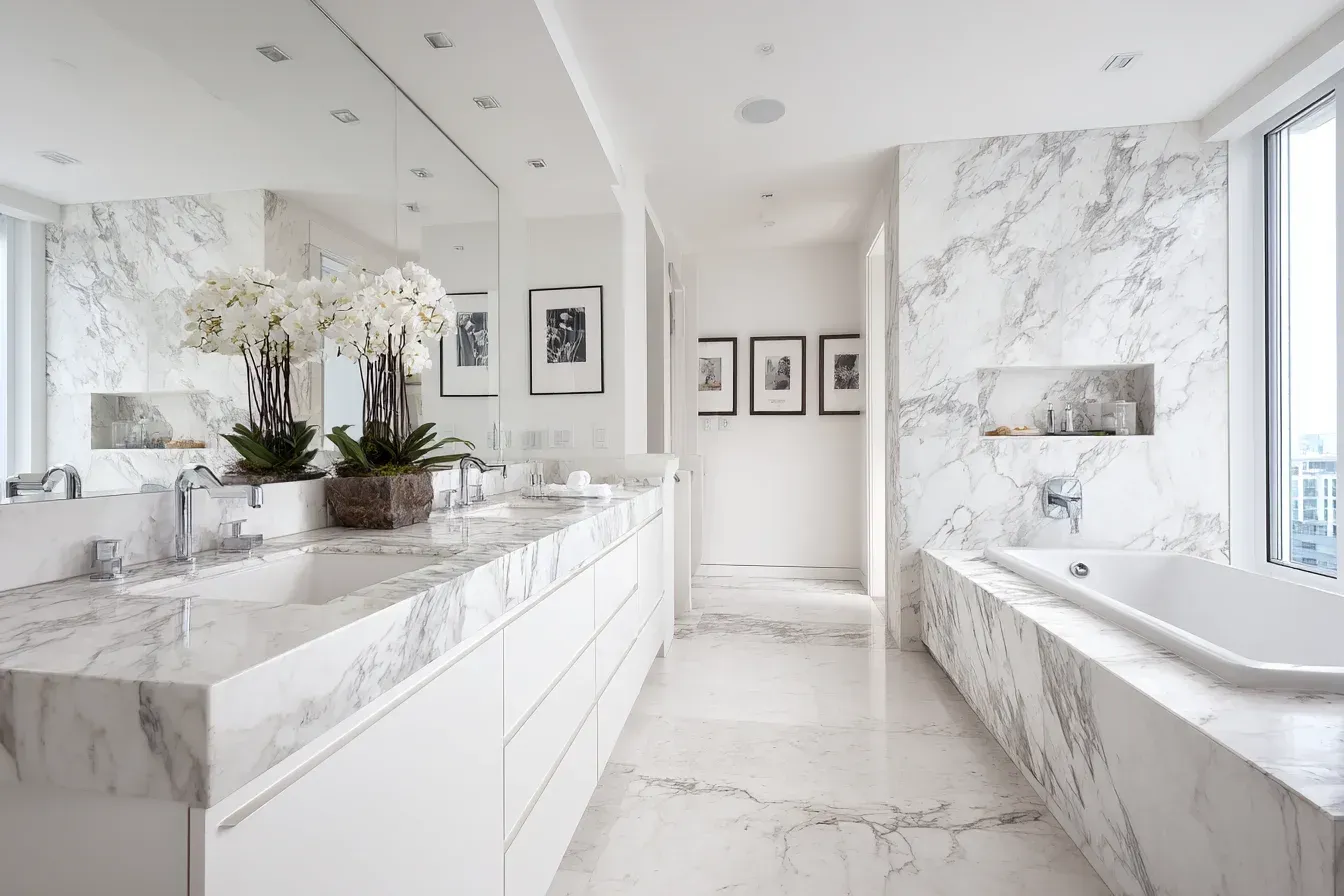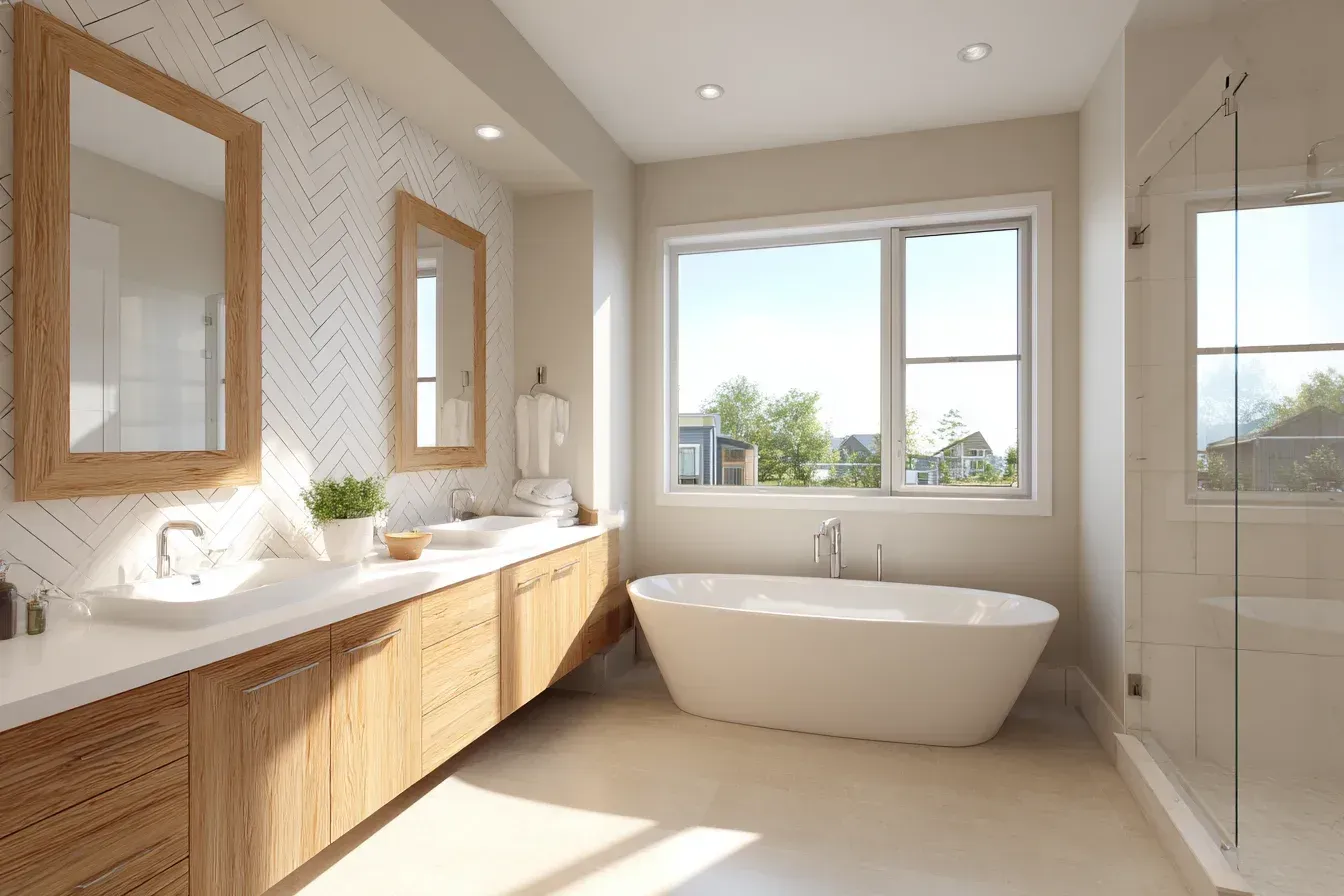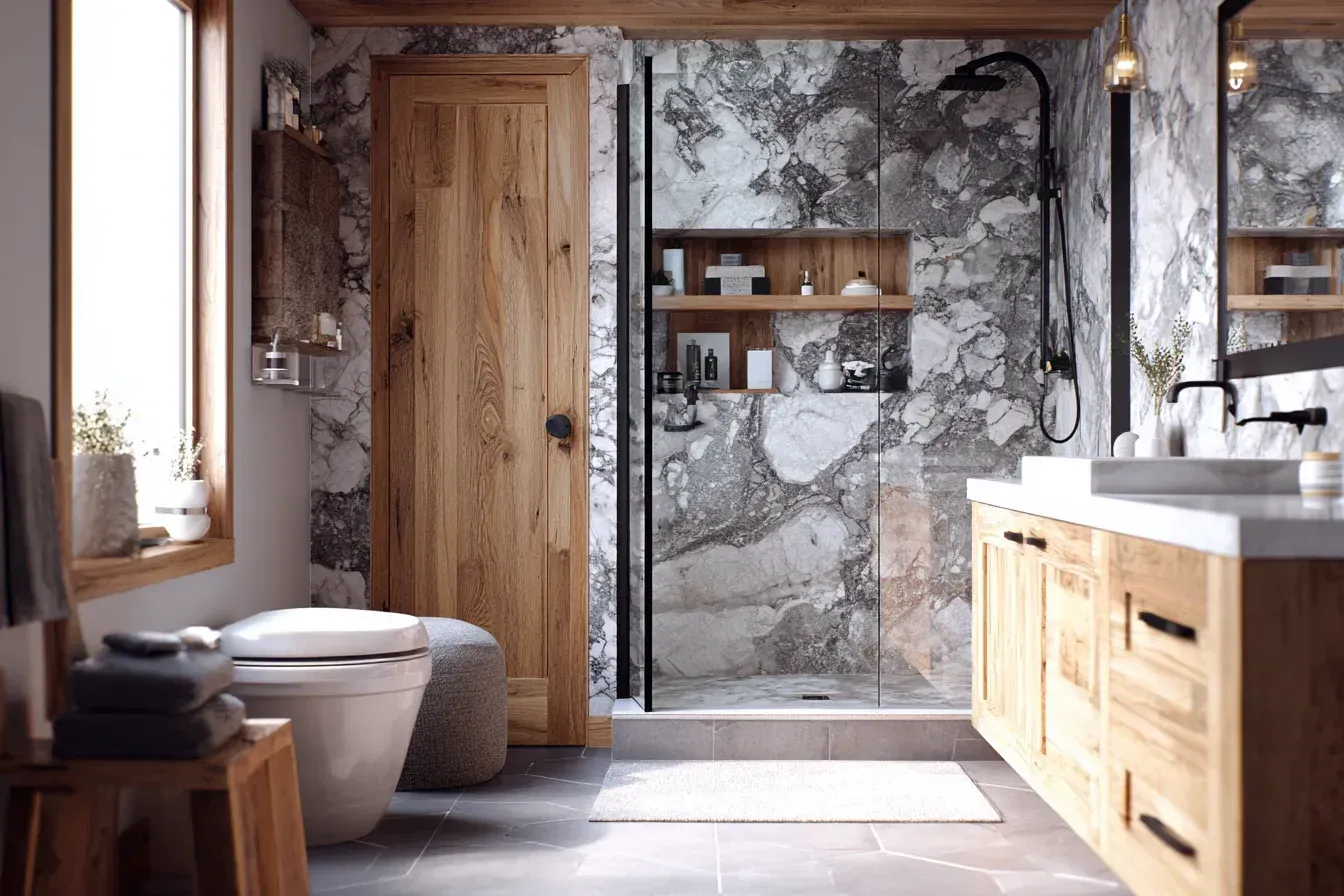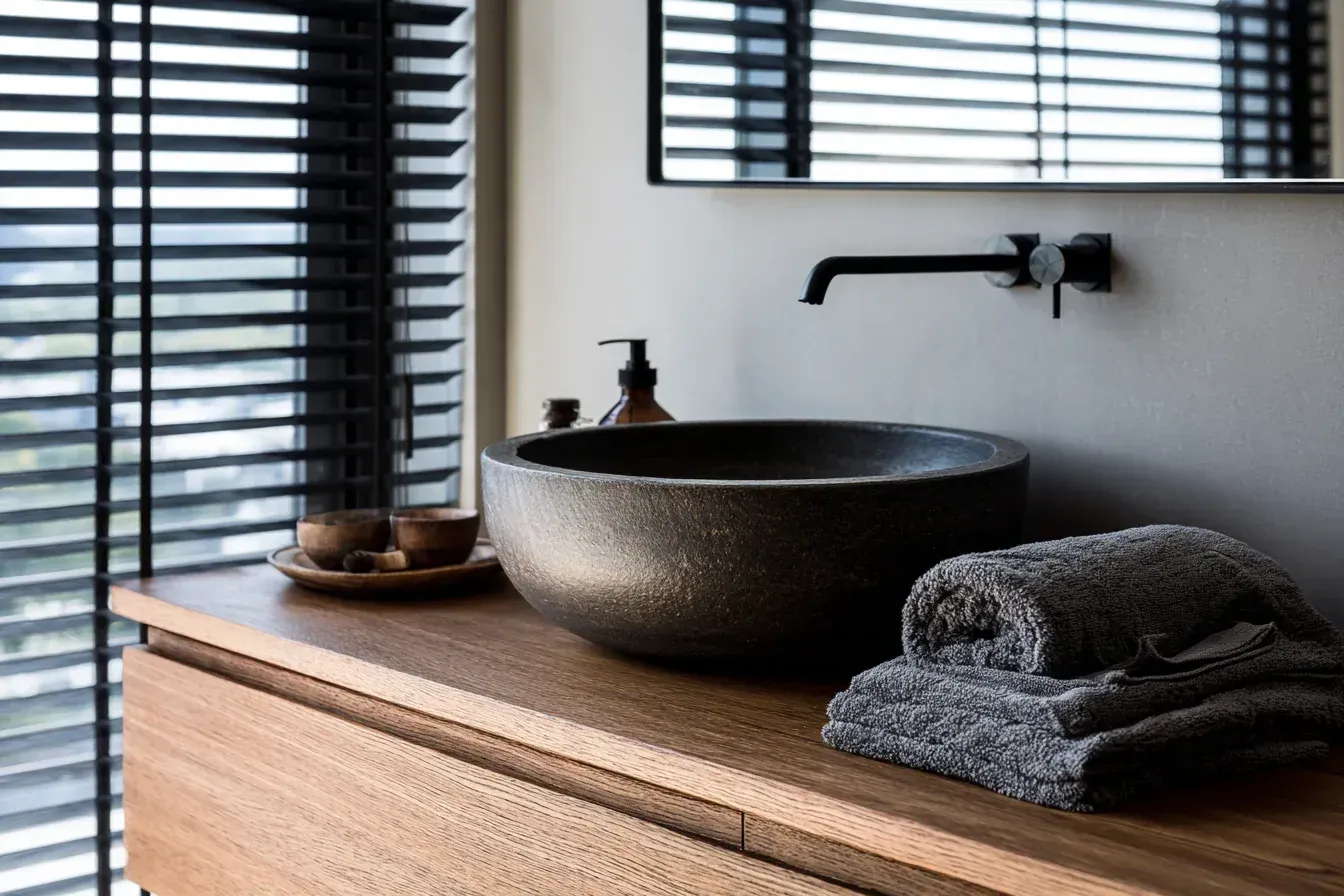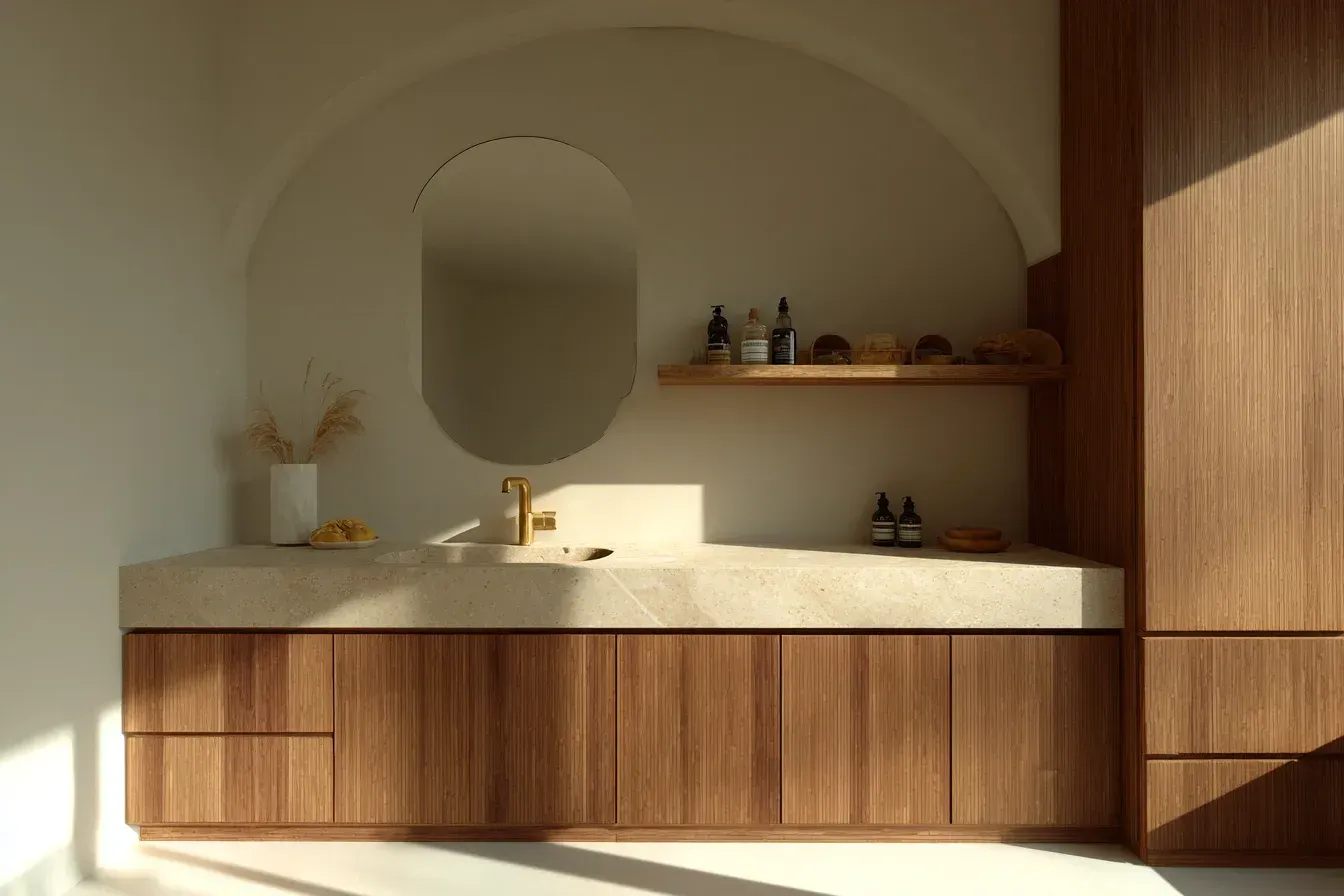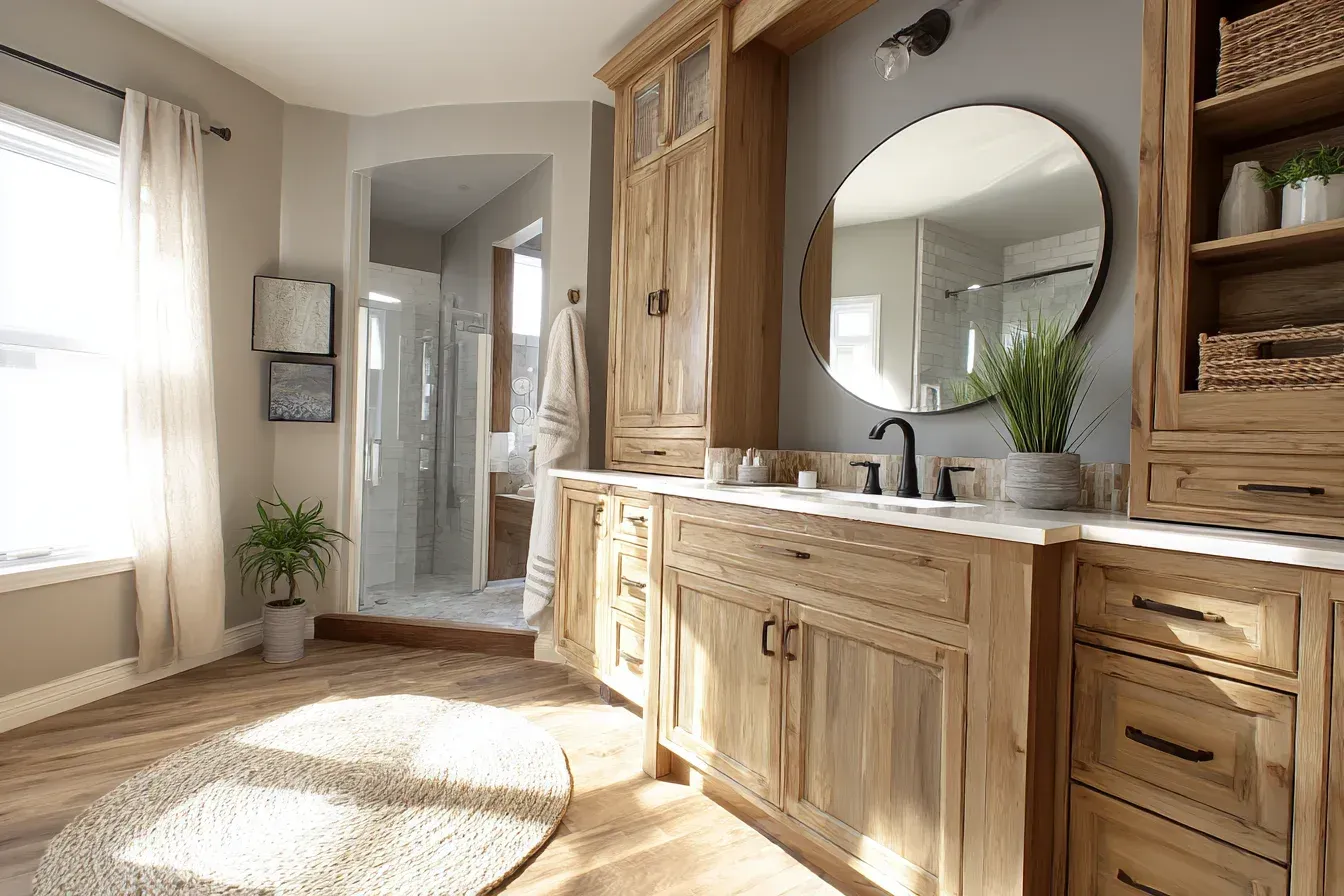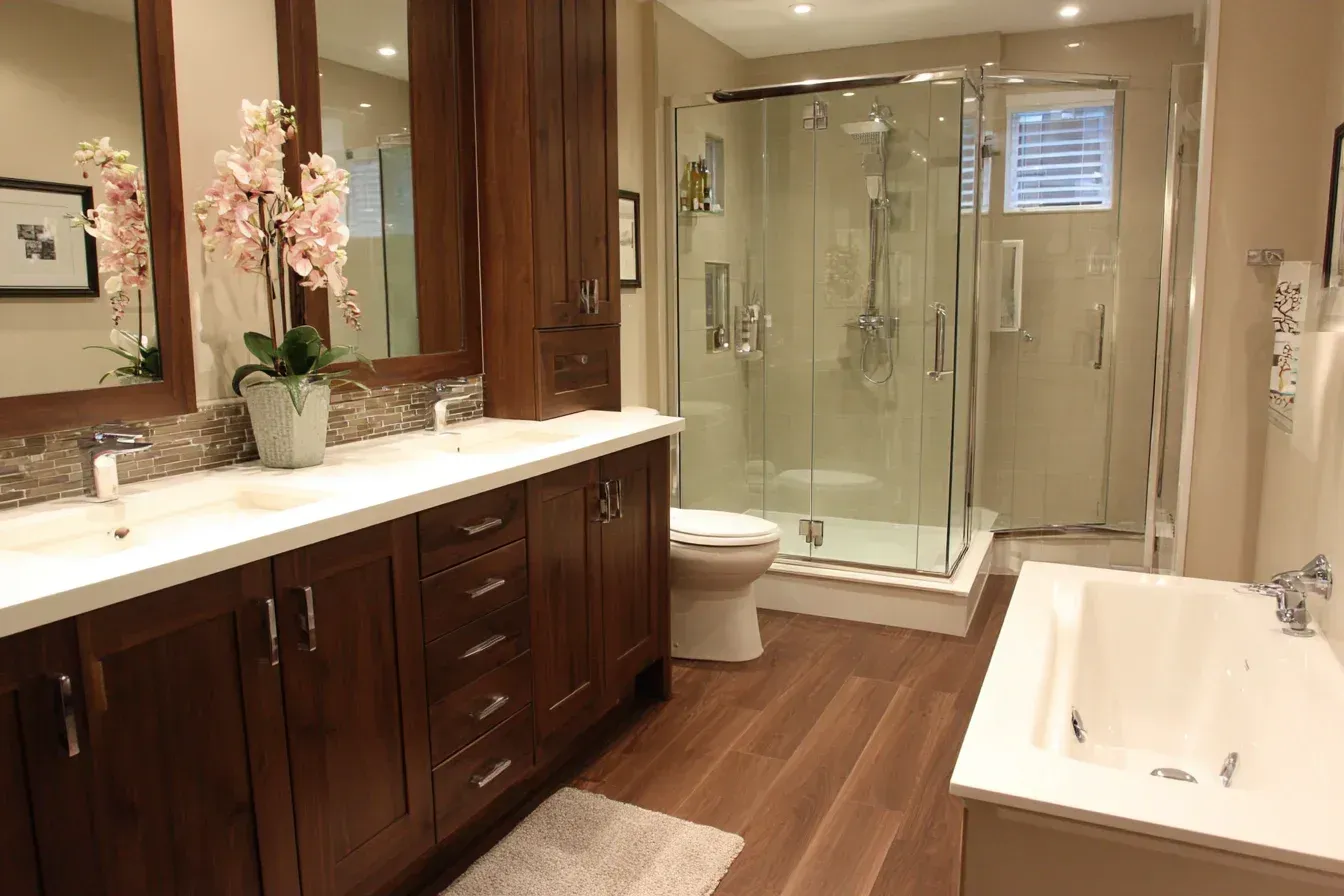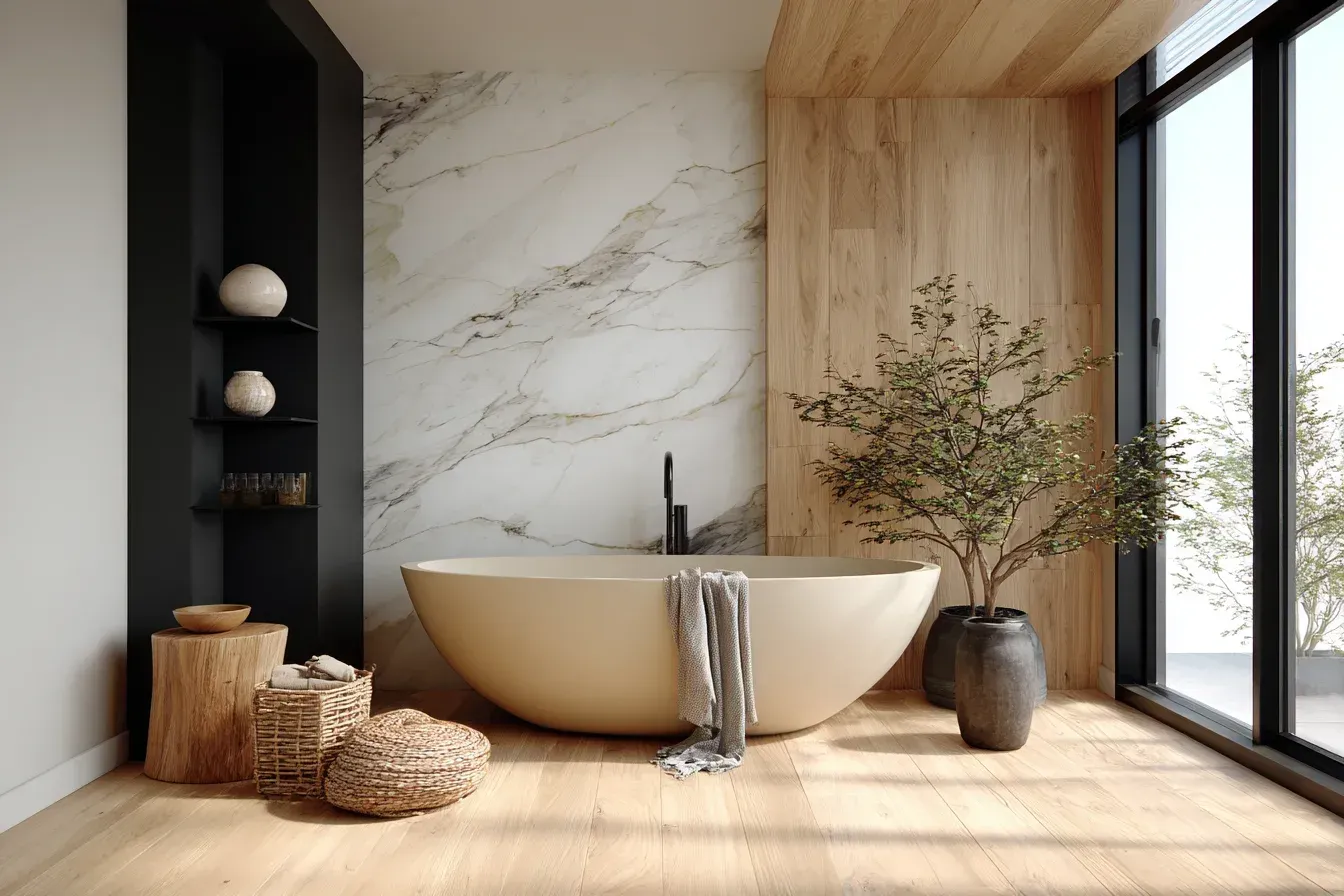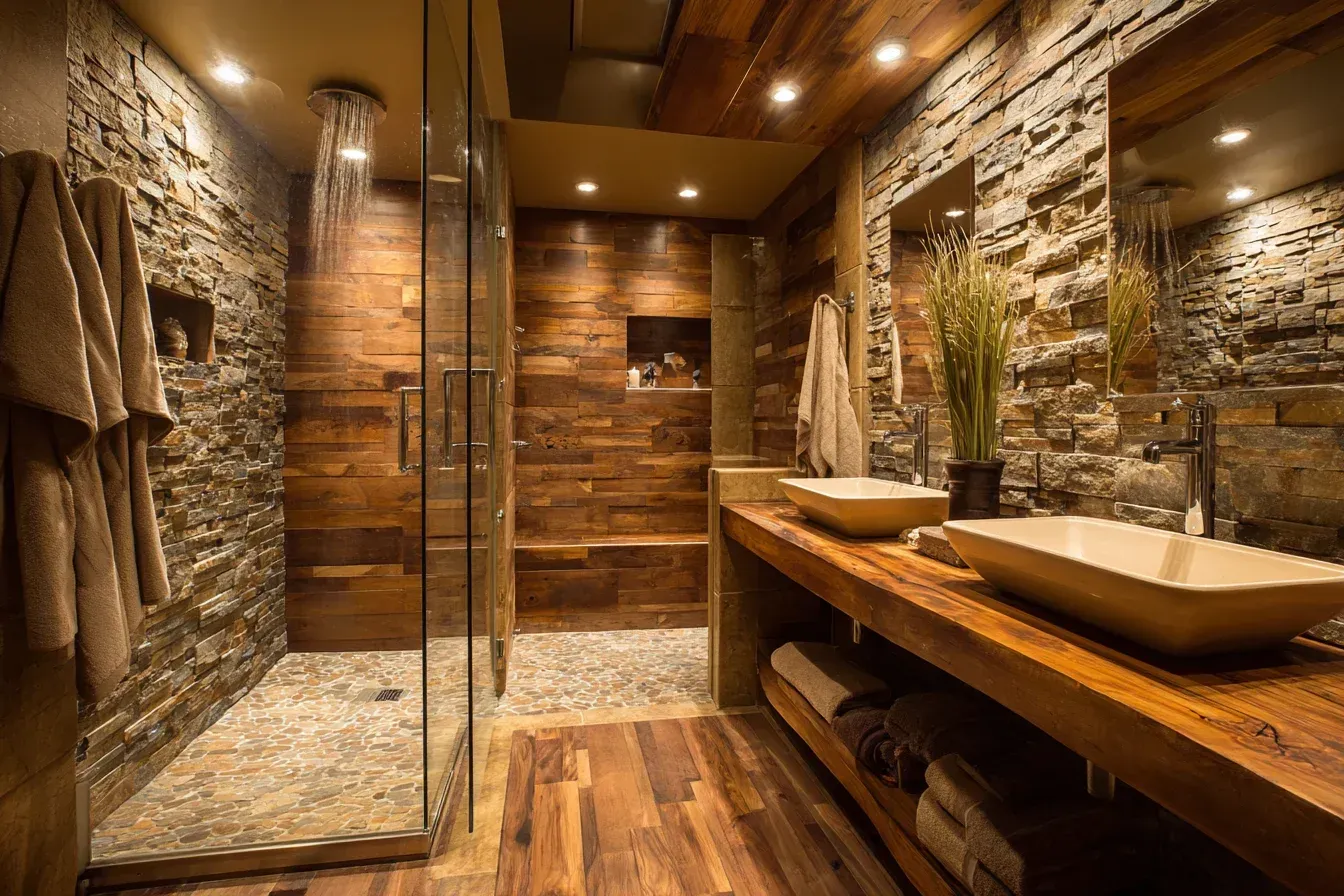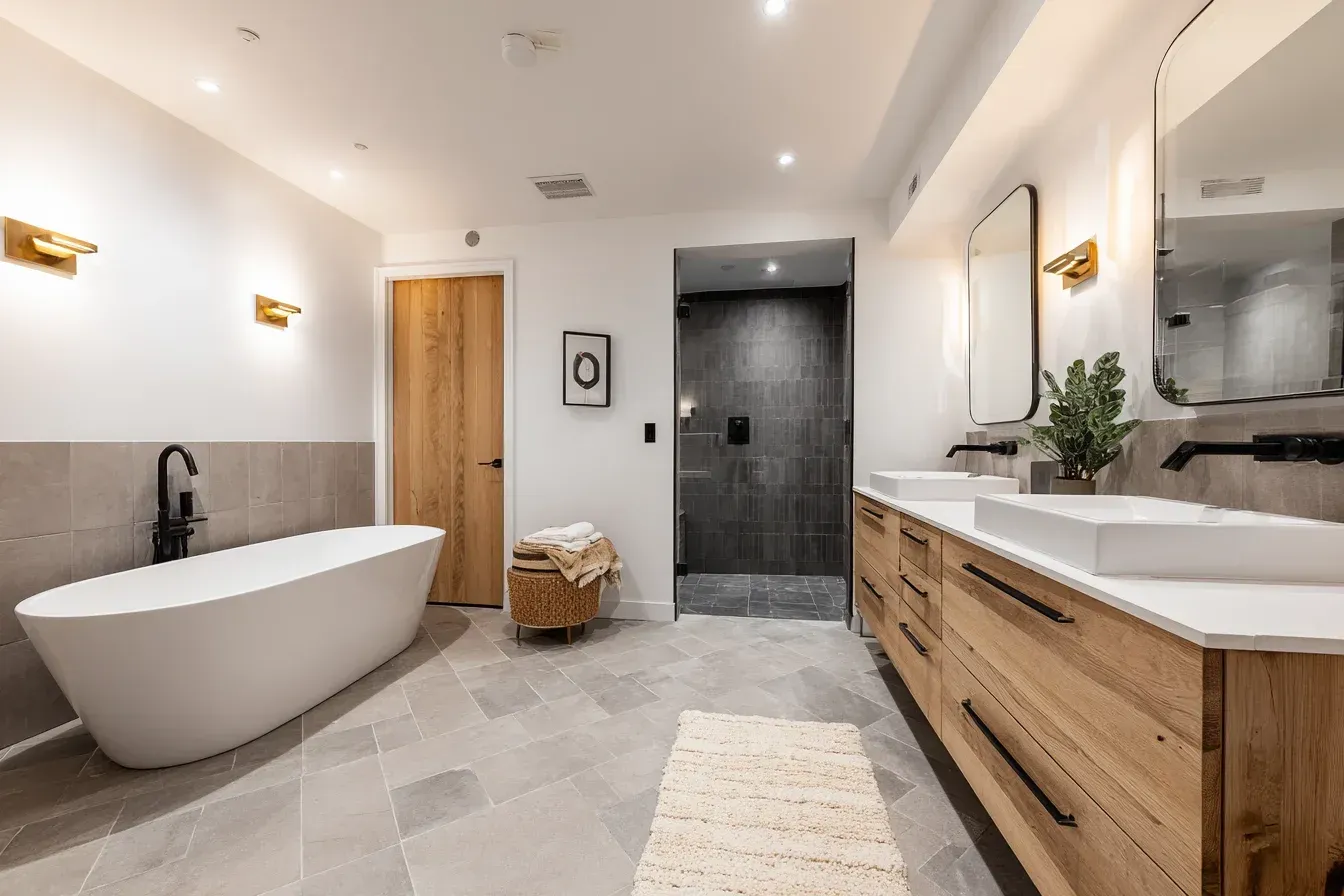How to Choose the Best Tile for Your Bathroom Remodel
Choosing the right tile is one of the most important decisions you’ll make in a bathroom renovation. Tile affects durability, maintenance, style, safety, waterproofing, and the overall feel of your space. Whether you’re updating a compact powder room, renovating a master ensuite, or designing a modern walk-in shower, your tile choices will define the entire look and functionality of your bathroom.
This complete guide walks you through everything you need to know about selecting the best bathroom tile—materials, finishes, sizes, patterns, slip resistance, and cost—so you can make confident, informed decisions.
Why Tile Matters So Much in Bathroom Renovations
Tile is more than just a decorative choice—it’s a structural component of your bathroom.
Tile impacts:
- Waterproofing performance
- Durability and longevity
- Cleaning and maintenance
- Slip resistance and safety
- Visual design and atmosphere
- Resale value and buyer appeal
Choosing the right tile ensures your bathroom stays beautiful and functional for years.
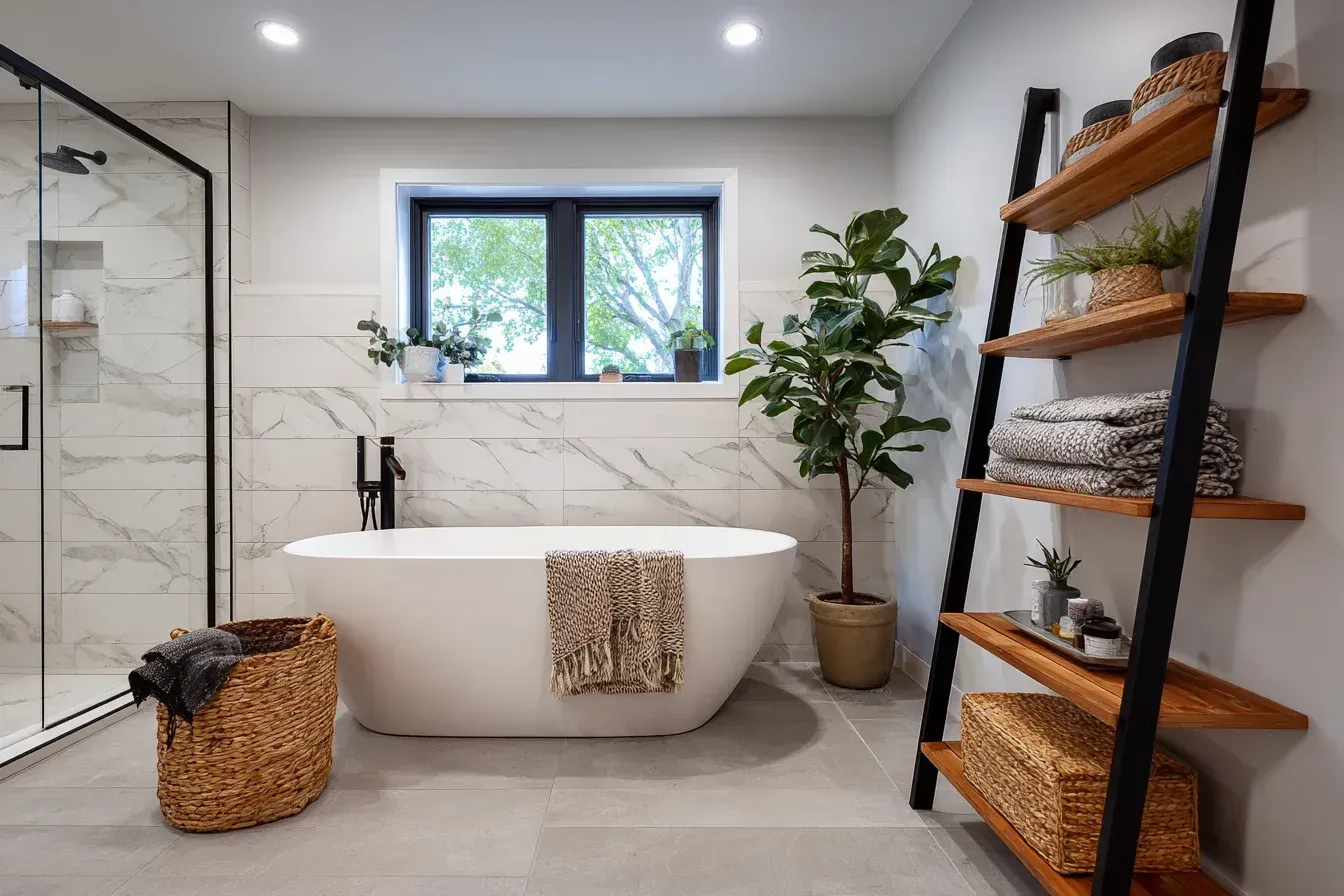
1. Understand the Different Types of Bathroom Tiles
Before choosing design or color, start with the fundamentals: what the tile is made of. Each material has its own benefits, uses, and price range.
A. Porcelain Tile (Most Popular & Most Durable)
Porcelain is the gold standard for bathroom renovations.
Why porcelain is the top choice
- Highly water-resistant (nearly waterproof)
- Very durable and long-lasting
- Suitable for floors, walls, and showers
- Comes in countless finishes (stone, wood, cement looks)
- Low maintenance
- Stain-resistant
Best uses
- Showers
- Floors
- High-traffic bathrooms
- Luxury designs
If you want longevity and versatility, porcelain is your safest choice.
B. Ceramic Tile (Affordable & Reliable)
Ceramic tile is a slightly more affordable alternative to porcelain.
Benefits
- Budget-friendly
- Easy to clean
- Lightweight
- Available in many styles
Best uses
- Bathroom walls
- Powder rooms
- Low-traffic areas
Ceramic is great for walls but less ideal for high-moisture floors compared to porcelain.
C. Natural Stone Tile (Luxurious & Timeless)
Natural stone offers unmatched beauty and luxury.
Popular stone options
- Marble
- Travertine
- Slate
- Limestone
- Granite
Benefits
- Unique veining and natural variation
- High-end look
- Timeless appeal
Considerations
- Requires sealing
- More expensive
- Higher maintenance
Stone is ideal for luxury bathrooms where aesthetics take priority.
D. Mosaic Tile (Perfect for Accents and Shower Floors)
Mosaic tiles come in small formats placed on mesh sheets.
Why mosaics are useful
- Great for shower floors (better traction)
- Perfect for accent walls
- Add texture and patterns
- Easy to shape around curves
Materials available
- Porcelain mosaics
- Glass mosaics
- Stone mosaics
Mosaics are not usually used for large surfaces but provide stunning visual accents.
E. Vinyl Tile (Budget-Friendly & Waterproof)
Modern vinyl tiles are surprisingly durable and stylish.
Benefits
- 100% waterproof options available
- Soft underfoot
- Affordable
- Easy DIY installation
Best uses
- Budget renovations
- Rental properties
- Powder rooms
While vinyl won’t match porcelain’s longevity, it’s perfect for budget-conscious remodels.
2. Choose the Right Tile Size for Your Bathroom
Tile size dramatically influences how your bathroom feels.
Large-Format Tiles (24x24, 24x48, 12x24)
Benefits
- Make small bathrooms look larger
- Fewer grout lines = less cleaning
- Modern, seamless look
- Perfect for walls and floors
Large-format tiles work especially well in walk-in showers and contemporary designs.
Standard Tiles (12x12 or similar)
These create a classic tiled look and work well in mid-sized bathrooms.
Benefits
- Easy to replace
- Affordable
- Widely available
Great for floors and walls in traditional designs.
Mosaic Tiles (2x2, 3x3, penny tile, herringbone)
Benefits
- Excellent traction in wet areas
- Add detail and texture
- Perfect for niches and borders
Mosaics help break up large surfaces and add character.
3. Pick the Best Tile Finish for Function and Style
Finish affects both safety and aesthetics.
Matte Finish (Best for Floors)
Benefits
- Slip-resistant
- Hides water spots and smudges
- Works beautifully in spa-inspired bathrooms
Matte is ideal for bathroom floors and shower floors.
Glossy Finish (Best for Walls)
Benefits
- Reflects light
- Makes bathroom appear larger
- Easy to clean
Not recommended for floors
Glossy tiles get slippery when wet.
Textured Finish (Best for Showers)
Benefits
- Adds grip
- Provides visual interest
- Enhances natural or rustic designs
A great choice for shower floors or feature walls.

4. Consider Tile Patterns and Layout Styles
The way tiles are installed influences the entire room’s visual impact.
Popular tile patterns
- Stacked vertical → modern, makes walls look taller
- Horizontal subway → classic and clean
- Herringbone → sophisticated accent pattern
- Chevron → elegant and dynamic
- Brick pattern → timeless and traditional
- Large-format straight lay → minimalistic and modern
The pattern should match your bathroom’s overall design style.
5. Evaluate Slip Resistance for Safety
Bathroom floors get wet and can become slippery. Choosing slip-resistant tile is essential.
Look for:
- COF (Coefficient of Friction) rating above 0.42
- Matte or textured finishes
- Smaller tiles for shower floors (more grout = more grip)
Safety matters just as much as style.
6. Choose a Colour Palette That Enhances Your Bathroom’s Style
Colour affects brightness, spaciousness, and atmosphere.
Light Colours
- White
- Light grey
- Beige
- Soft taupe
Benefits
- Make small bathrooms feel larger
- Reflect natural light
- Create a clean, calm environment
Dark Colours
- Charcoal
- Navy
- Black
- Deep green
Benefits
- Add drama and sophistication
- Perfect for modern luxury bathrooms
When using dark tiles, often pair them with light walls to maintain balance.
Bold Colours or Patterns
- Terrazzo
- Geometric tiles
- Moroccan patterns
- Colourful mosaics
Use sparingly as accent walls or niches to avoid overwhelming the room.
7. Consider Maintenance and Cleaning Requirements
Your tile choice should match your lifestyle and cleaning habits.
Low-maintenance tiles
- Porcelain
- Ceramic
- Matte finishes
- Large-format tiles
These require minimal upkeep.
Higher-maintenance tiles
- Natural stone
- Glossy finishes
- Small mosaic grout lines
- These require sealing or more frequent cleaning.
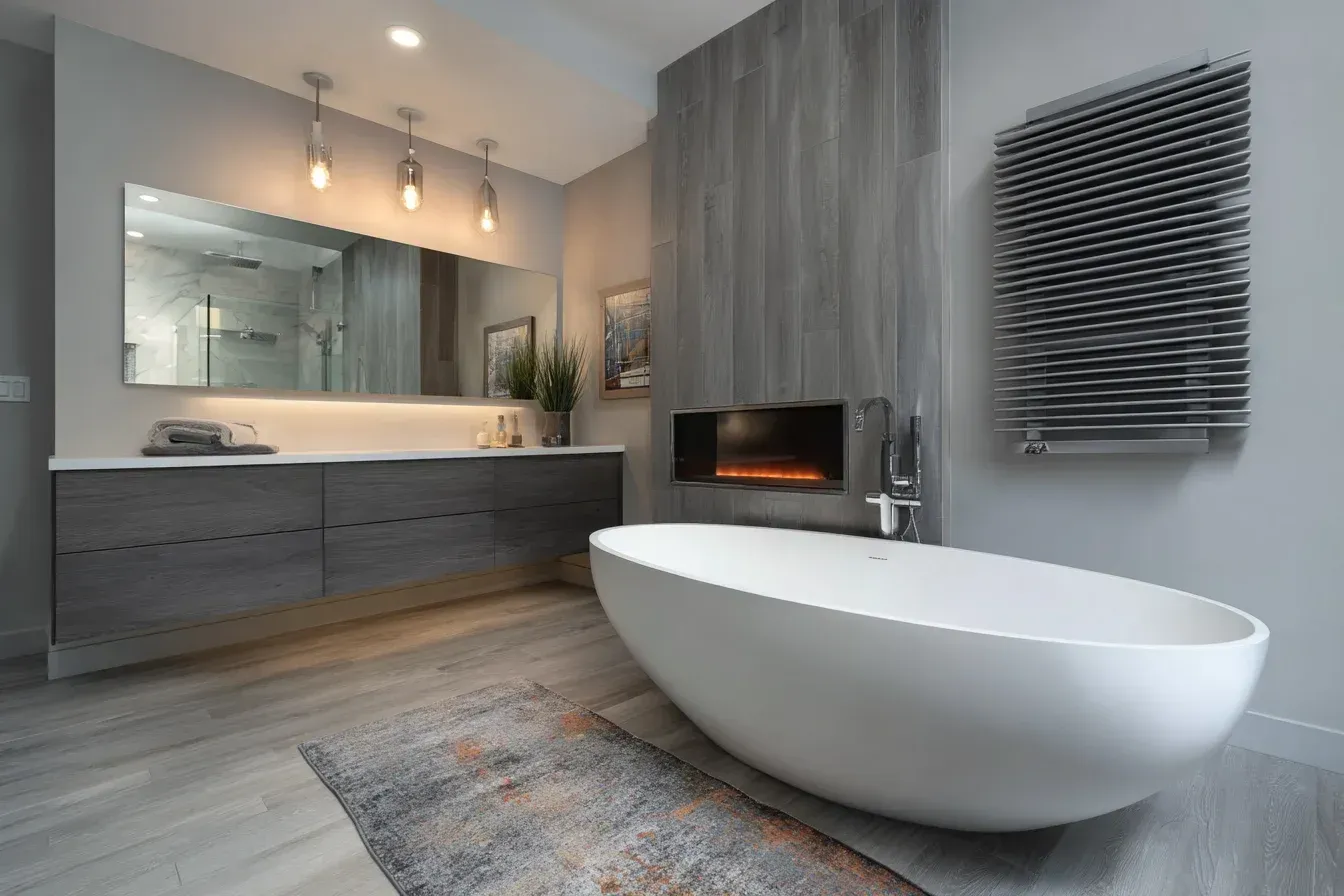
8. Match the Tile Style to Your Overall Bathroom Design
Your tile should complement the rest of your bathroom elements.
For modern designs
- Large-format tiles
- Matte black fixtures
- Concrete-look tile
- Clean lines
For spa-inspired designs
- Light neutrals
- Warm stone tones
- Wood-look porcelain
- Pebble tile accents
For classic or traditional designs
- Marble-look tile
- Subway tile
- Hexagon mosaics
- Brushed nickel finishes
Everything should tie into a cohesive style.
9. Don’t Forget About Grout Colour and Size
Grout plays a larger role than most people realize.
Matching grout
- Creates seamless, modern look
- Makes tiles appear larger
Contrasting grout
- Highlights the tile pattern
- Works well with subway tiles
Thin grout lines
- Look modern and high-end
- Easier to clean with large tiles
Thicker grout lines
- Add visual interest for mosaics
Choosing the right grout elevates the entire design.
10. Factor in Installation Costs and Complexity
Tile installation varies in cost depending on:
- Tile material
- Tile size
- Pattern complexity
- Old tile removal
- Waterproofing requirements
Cheaper to install
- Standard ceramic tile
- Large-format tiles
- Simple patterns
More expensive
- Natural stone
- Intricate mosaics
- Herringbone or chevron patterns
Understanding installation complexity helps you budget accurately.
Final Thoughts: Choosing the Best Tile Starts With Your Needs
There is no “one-size-fits-all” tile choice. The best tile for your bathroom remodel depends on your lifestyle, budget, design vision, and long-term plans. Porcelain is the most durable and versatile option, natural stone adds timeless luxury, and mosaics provide artistic detail. By choosing the right size, finish, pattern, and colour palette—and considering maintenance and safety—you can create a bathroom that is beautiful, functional, and built to last.
Recent Posts

